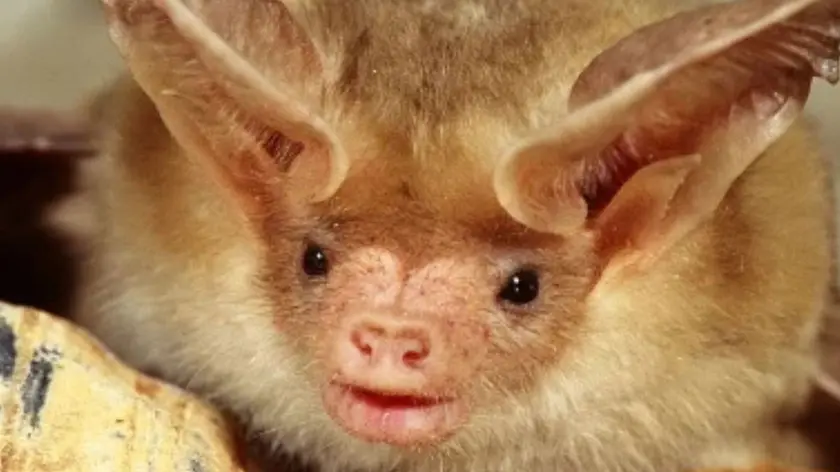T4K3.news
Chagas disease detected in Midwest wildlife
Illinois study finds Trypanosoma cruzi in over half of raccoons, signaling domestic exposure risk and a need for updated public health strategies.

A study in Illinois finds Trypanosoma cruzi in a majority of raccoons, signaling that Chagas disease is present in U.S. wildlife and could affect humans as vectors move north.
Chagas disease reaches Midwest wildlife and public health raises alarm
In Illinois, a wildlife disease study found Trypanosoma cruzi in more than half of raccoons tested. The parasite causes Chagas disease in humans and is spread by kissing bugs that feed on infected animals and defecate near bites. This pattern shows the pathogen is circulating in U.S. wildlife, suggesting spillover risk could exist even where human cases are rare. The finding adds to a growing body of evidence that Chagas is not confined to the tropics but is taking root in American ecosystems.
Public health officials have long noted that Chagas remains underrecognized in the United States. The CDC estimates about 300,000 people in the country are infected, many born in endemic regions who may not know their status. As climate change and land use shift insect ranges, the chance of contact between people and the vector grows. Yet routine testing is limited, there is no nationwide surveillance, and clinicians often do not test for Chagas, meaning infections can go undetected until advanced disease appears.
Experts call for awareness campaigns, expanded diagnostic access, targeted screening for patients with unexplained heart issues, and continued wildlife surveillance to monitor spread. The Illinois result underscores the need for a coordinated approach to track both wildlife hosts and human risk across states.
Key Takeaways
"The line between neglected and recognized diseases is attention."
Author on the awareness gap between neglected and recognized diseases
"Chagas disease shows silent spread in wildlife signaling a domestic crisis."
Observation about wildlife reservoirs and domestic risk
"It is not a matter of if this becomes a bigger problem in the U.S."
Editorial warning about future risk
"Time to stop underestimating Chagas and treat it as a real threat."
Call to action for public health
This is a prompt for policy and practice, not just biology. A one health approach that links wildlife monitoring with clinical screening could help build a national framework for detecting and responding to Chagas, rather than waiting for cases to surface in clinics. Without such a framework, the United States risks a slow burn of undiagnosed infections turning into serious heart and digestive disease.
Local risk also matters. Homes near wooded areas, kennels, and cluttered yards can become magnet sites for kissing bugs. Climate and development are reshaping where vectors live, which means surveillance must move toward communities, not just labs. The question is how to fund and coordinate this work so that doctors know to test and public health agencies can map risk and respond quickly.
Highlights
- The line between neglected and recognized diseases is attention.
- Chagas disease shows silent spread in wildlife signaling a domestic crisis.
- It is not a matter of if this becomes a bigger problem in the U.S.
- Time to stop underestimating Chagas and treat it as a real threat.
Public health risk from domestic spread of Chagas disease
New data showing Trypanosoma cruzi in Midwest wildlife suggests potential spillover into human populations. The current lack of routine testing and nationwide surveillance could delay detection and response.
The next steps will show if policy keeps pace with biology.
Enjoyed this? Let your friends know!
Related News

Bird flu case confirmed in Attleborough
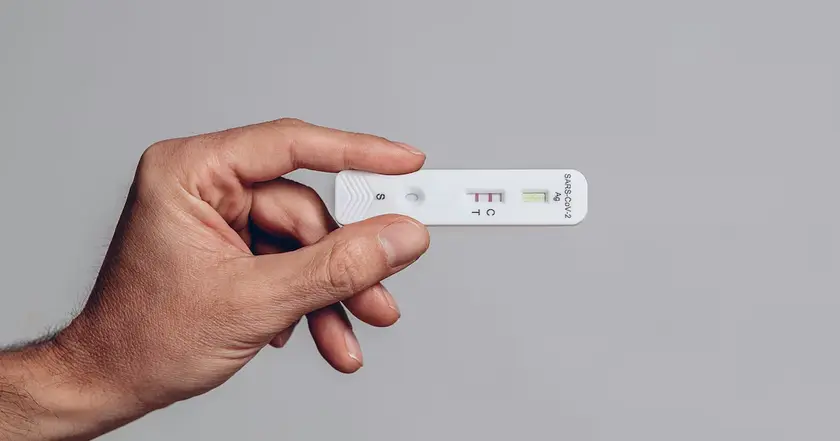
New COVID variant Stratus identified in the U.S.
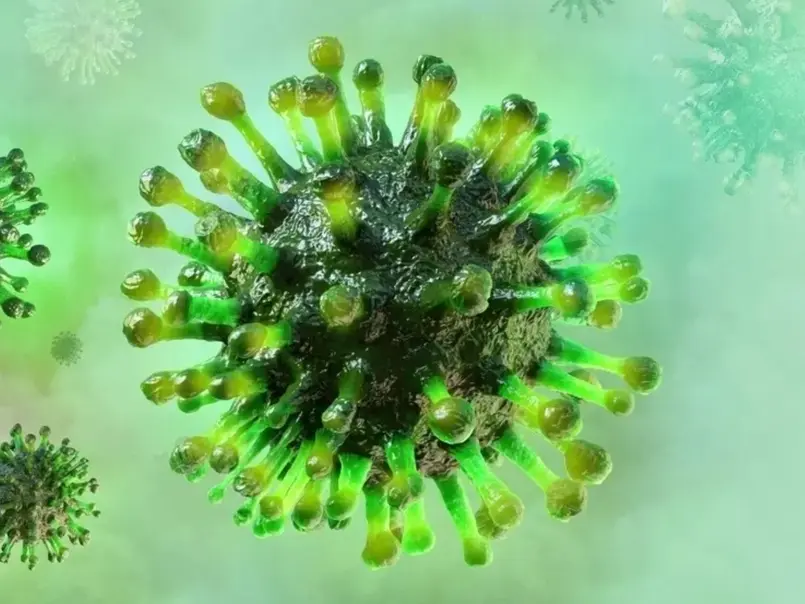
New COVID Variant Stratus Emerges with Unique Symptoms

New study reveals dogs can detect Parkinson's

Measles traces found in Austin wastewater alert residents

Travel warnings issued for parts of Europe
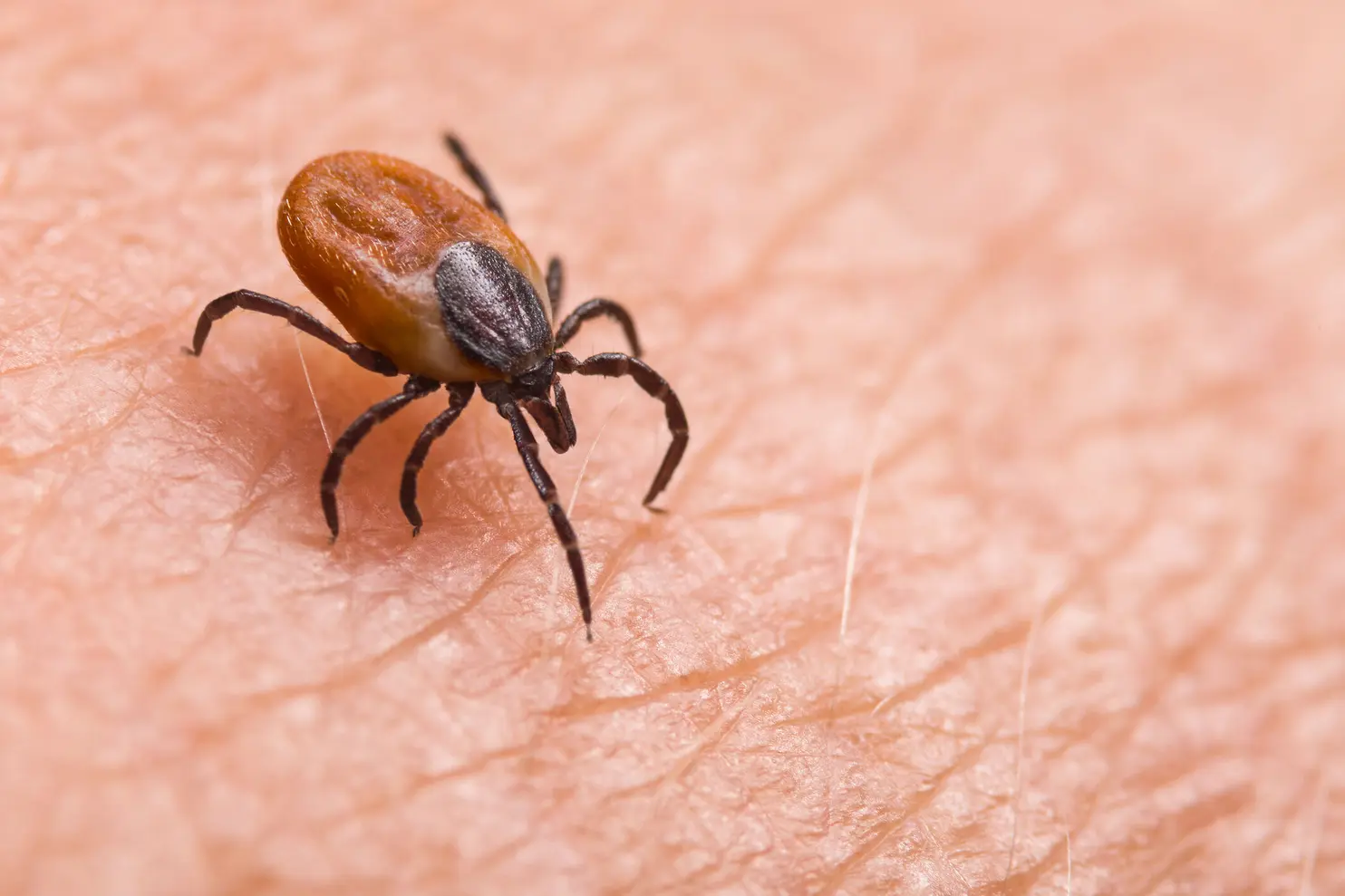
New AI test for Lyme disease enters clinical trial phase
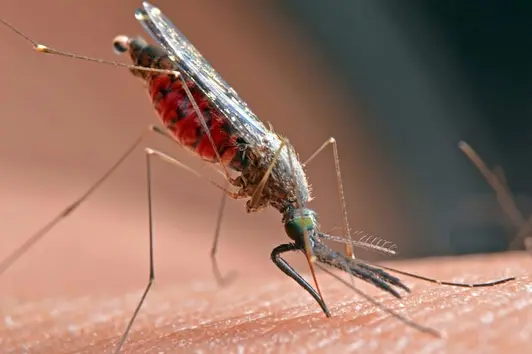
West Nile virus detected in Philadelphia mosquitoes
